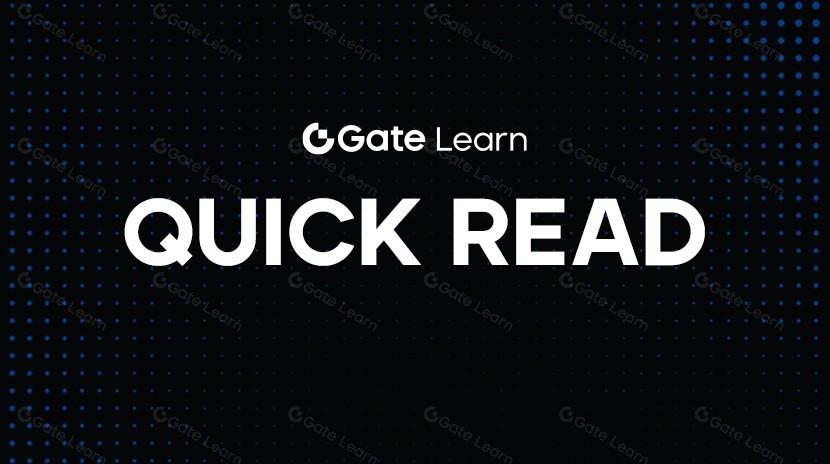What Is Impossible Cloud Network Token (ICNT)? A Comprehensive Guide to the Next-Gen Decentralized Cloud Infrastructure Token
Impossible Cloud Network Introduction

Image:https://www.icn.global/
Impossible Cloud Network (referred to as ICN) is a future-oriented Decentralization internet infrastructure protocol aimed at breaking the current centralized pattern dominated by a few super cloud service providers. The protocol achieves a truly trustless, resilient, and high-performance cloud infrastructure by introducing a multi-layer structure (including hardware layer, resource aggregation layer, performance validation layer, service layer, and application layer).
As the core asset of the entire ecosystem, the design of Impossible Cloud Network Token (ICNT) not only supports resource scheduling and incentives but also ensures the security and sustainability of the entire network.
Why is ICNT needed?
Current cloud services are dominated by a few centralized companies, such as Amazon AWS, Google Cloud, etc. This centralization brings several issues:
- The risk of single point of failure is high;
- Poor cost transparency, users lack choice.
- Lack of real service level guarantees;
- Data privacy and ownership issues are serious.
ICN solves these problems through a combination of decentralized hardware resources and services, and the role of ICNT is to:
- Provide collateral mechanisms for hardware providers;
- Payment for access to support services and resources;
- As an incentive asset distributed to high-performing nodes;
- Achieve automation and transparency in resource allocation.
The specific role of ICNT in the network
The responsibilities of ICNT in the ICN protocol can be summarized in the following aspects:
- Hardware collateral and incentive mechanism: Hardware providers must pledge a certain amount of ICNT to launch nodes (referred to as ScalerNodes), ensuring their long-term commitment to the network and high-performance services. Once the node performance fails to meet standards, the pledged ICNT will be partially or completely “destroyed” as a penalty.
- Access Resource Payment Medium: Users or service providers, when deploying services, need to pay for resource usage fees (such as computing, storage, bandwidth) through ICNT, to achieve the use and allocation of hardware.
- Cybersecurity and Trust Layer: ICNT is also used to reward HyperNodes in the performance verification network, encouraging them to provide hardware performance audit reports, thus forming a credible consensus on service levels.
The token mechanism and economic model of ICNT
ICNT is the native asset of the network, with the following features:
- Collateral: Hardware providers must pledge ICNT to activate the node.
- Access Fee: Users need to pay ICNT to access resources.
- Incentive Assets: Well-performing nodes and service builders will receive ICNT rewards.
- Punishment Mechanism (Slashing): Node failures or malicious behavior will trigger a reduction in ICNT staked.
In addition, ICN has introduced a unique NFT Pass as a pre-launch mechanism. Users can stake NFTs to nodes in exchange for ICNT rewards for a certain period and provide early security for the network.
The actual application scenarios of ICNT
- Web2 Cloud Service Migration: ICN supports the deployment of services compatible with Web2 architecture (such as SaaS, databases, etc.) through ICNT payments, achieving a low-threshold transformation to the cloud.
- Decentralized AI Inference and Training: By combining edge computing with federated learning, AI inference tasks can drive distributed resource scheduling through ICNT, avoiding centralized data risks.
- Node-as-a-Service (NaaS) support: ICNT can be used to support lightweight Web3 projects running full nodes, increasing decentralization and reducing reliance on centralized services such as AWS.
Summary and Outlook
Impossible Cloud Network Token (ICNT) is not just a functional Token; it is a key driver of the next generation of Decentralization cloud infrastructure. By integrating mechanisms such as resource access, staking incentives, and validation rewards, ICNT becomes a bridge connecting hardware providers, service builders, and end users.
As the integration of Web3 and AI becomes increasingly evident, the importance of ICNT will become more pronounced, potentially becoming an indispensable part of global digital infrastructure in the future.

Figure:https://www.gate.com/trade/ICNT_USDT
ICNT has been listed on the Gate spot market. The new coin is highly volatile, please trade cautiously and be aware of the risks.
Related Articles
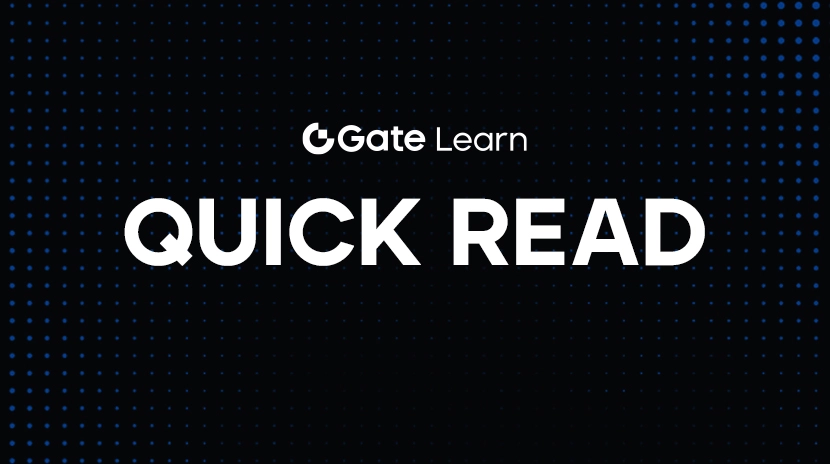
2025 BTC Price Prediction: BTC Trend Forecast Based on Technical and Macroeconomic Data
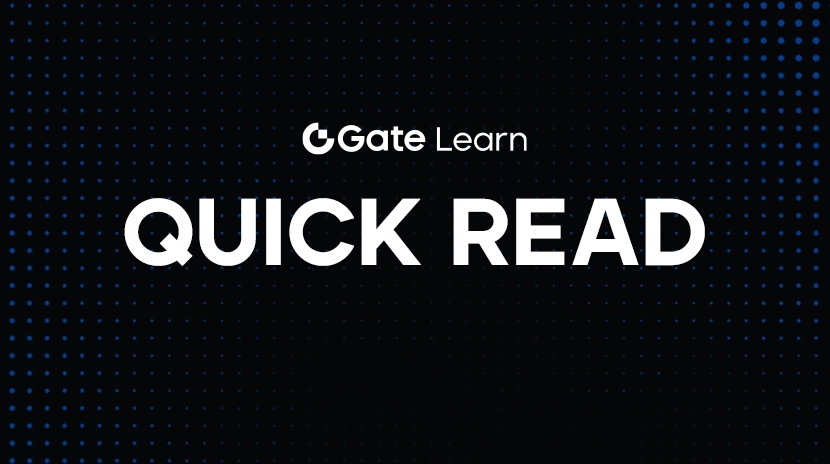
Flare Crypto Explained: What Is Flare Network and Why It Matters in 2025

Pi Coin Transaction Guide: How to Transfer to Gate.com
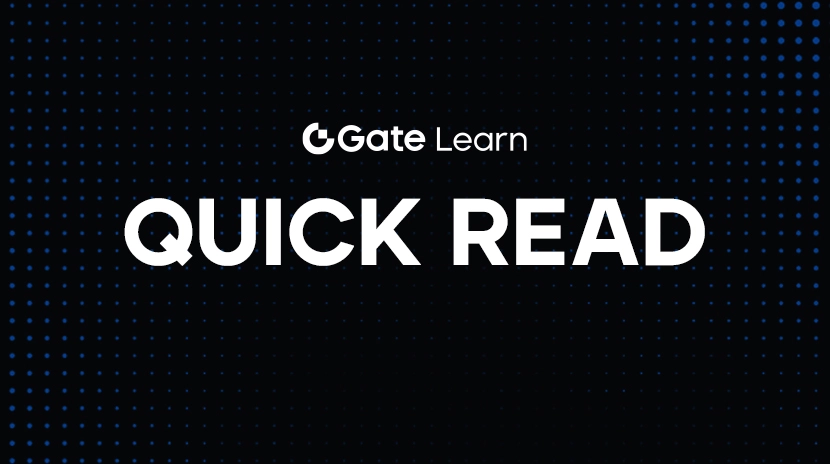
How to Use a Crypto Whale Tracker: Top Tool Recommendation for 2025 to Follow Whale Moves
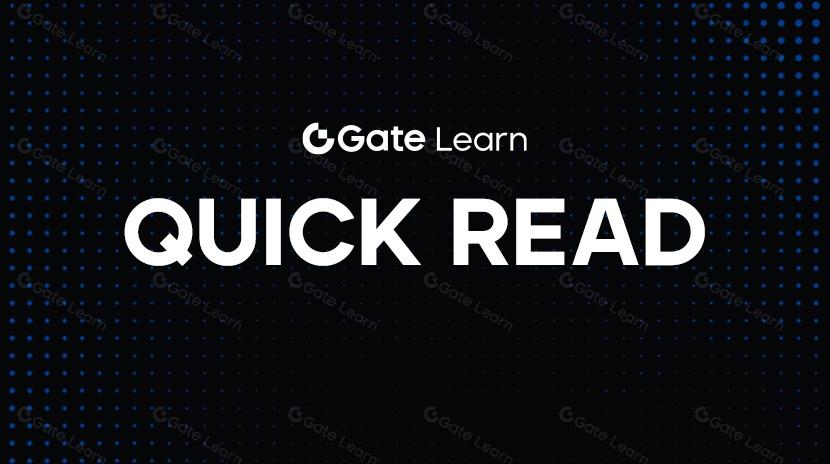
What is N2: An AI-Driven Layer 2 Solution
